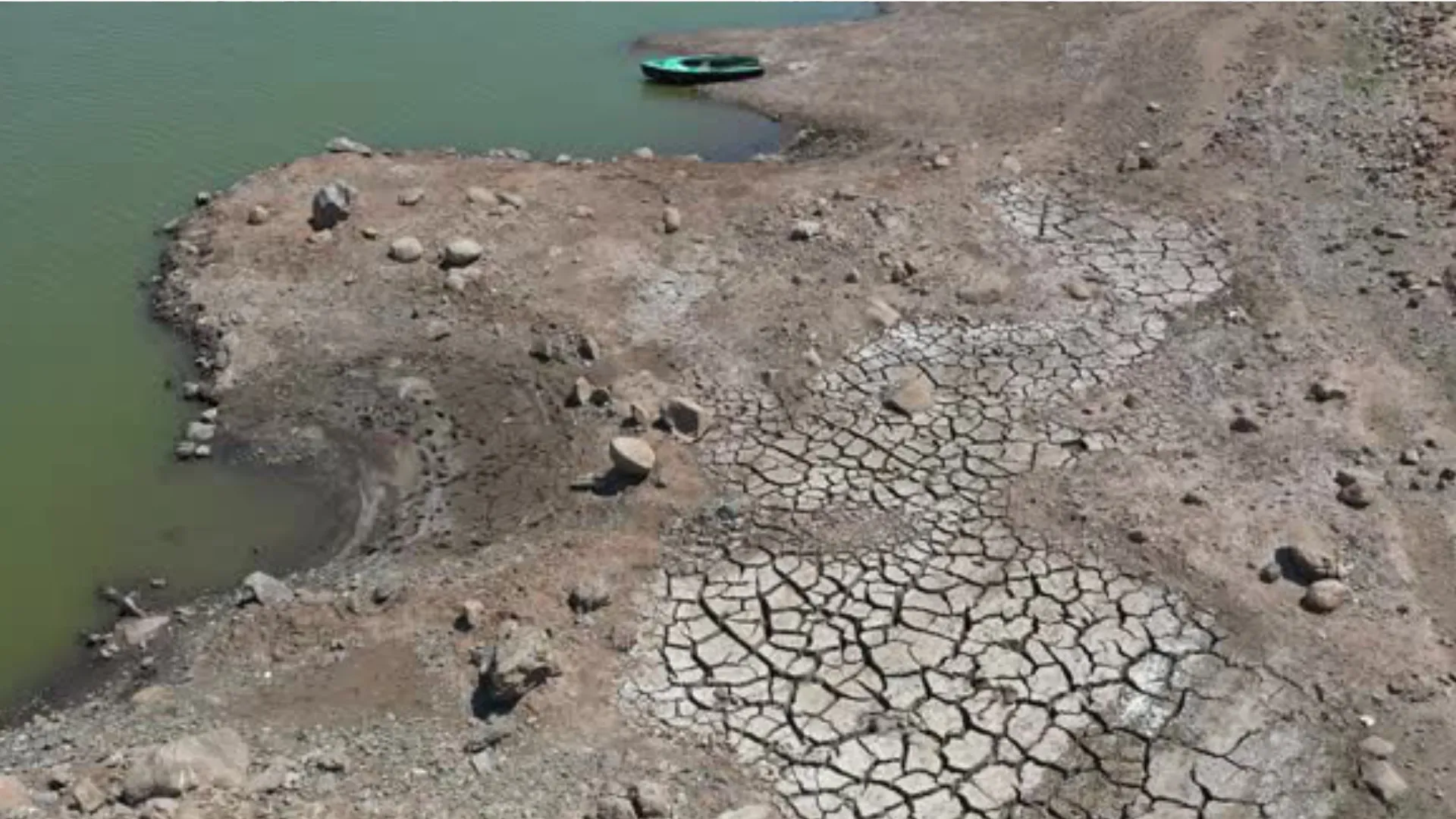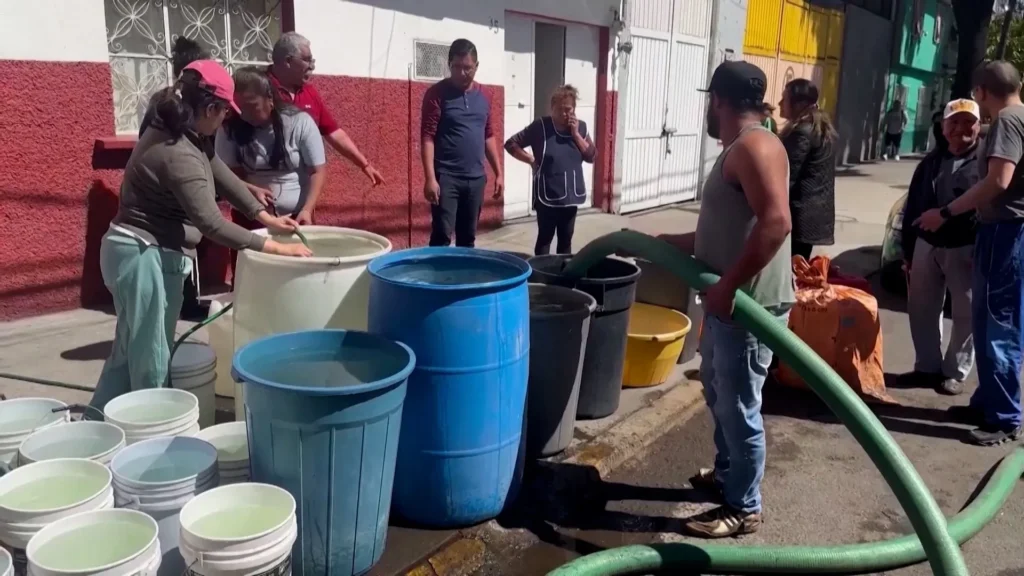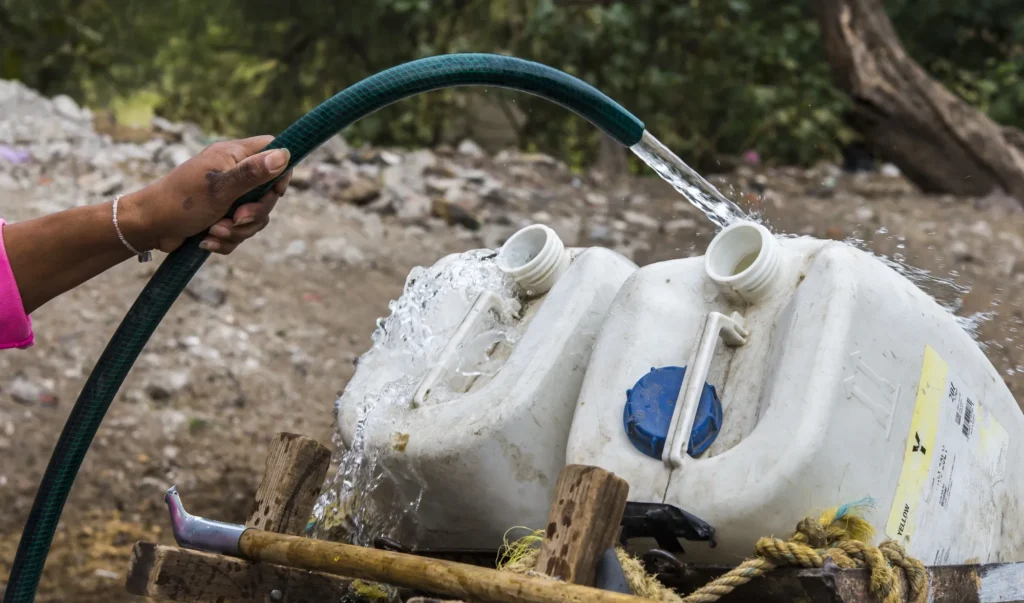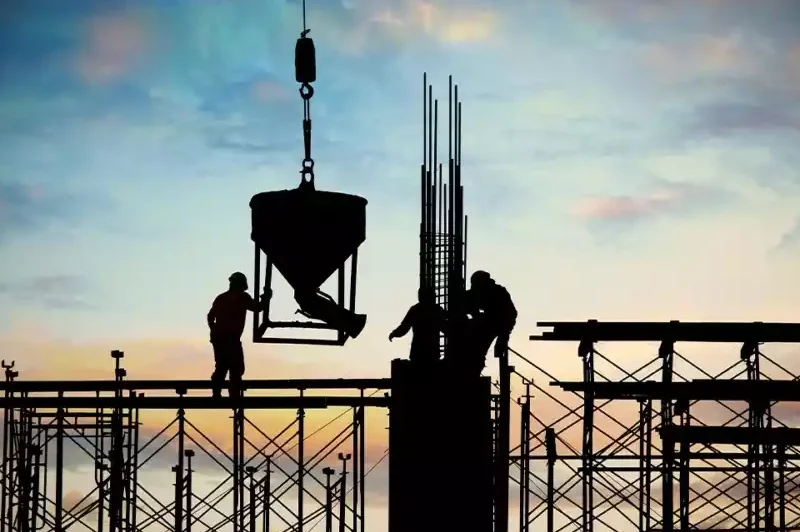The water crisis in Mexico City

The water crisis in Mexico City, in the midst of an intense drought that is plaguing the country, is a point of debate in the Mexican capital.
On the one hand, the water crisis in Mexico City has subway aquifers that are being rapidly depleted.
On the other hand, the important reserve is so low that it is no longer being used to supply water.
Last year was Mexico’s hottest and driest in at least 70 years. And one of Mexico City’s main water systems faces a potential “zero-day” situation this summer.
Mexico City, which used to be a water-rich valley that was drained to make way for a huge urban area, has a metropolitan population of 23 million.
Mexico City is one of the 10 most populous cities in the world, a huge increase from 15 million in 1990.
Mexico City’s water crisis has worsened, but it is not a new problem.
Some neighborhoods in Mexico City have lacked potable water for years, but today, communities that have never experienced shortages are suddenly dealing with the situation.

The water crisis in Mexico City: An old and worsening problem
Experts warned almost two decades ago about the dwindling water supply, but to little avail.
One fact that gives an idea of the scale of the problem is that “Mexico is the world’s leading economy in bottled water consumption,” said Roberto Constantino Toto, a member of the steering committee of the Water Network of the Autonomous Metropolitan University.
A clear sign of the water crisis in Mexico City is the Cutzamala water system, one of the world’s largest networks of dams, canals and pipes that supplies 27 percent of the capital’s water, which is at a historic low of 30 percent of its normal capacity, according to official figures.
At the same time last year, it was at 38 percent, and in 2022 it stood at 45 percent.
Authorities have projected June 26 as the possible “zero day,” when the Cutzamala system could fall to the 20 percent baseline at which it could no longer be used to supply water to Mexico City.
In one of the reservoirs the water level reached such low levels that authorities cancelled its use in April.
Groundwater, which supplies most of the city’s water, is being extracted twice as fast as it can be replenished.
The city’s water supply, some of which comes from far away, flows through aging pipes along a network more than 13,000 kilometers long that is vulnerable to earthquakes and subsidence.
Leaks have caused an estimated 35 percent water loss, more than the Cutzamala system provides.
Mexico City’s water crisis has become a major issue in next month’s elections.
President Andres Manuel Lopez Obrador, whose delegates have assured that “day zero” will not happen, has insisted that his government is already addressing Mexico City’s water problems. He claimed that new wells are being dug, and that officials are working to end corruption related to water consumed by large industries. He has also proposed bringing in more water from outside the city.
Most of the attention of municipal and national governments has been focused on seeking distant watersheds to supply other Mexican states to meet Mexico City’s need for water.
The estimated cost of addressing Mexico City’s water crisis could be as high as US$13.5 billion, according to the Mexico City Water System.
READ HERE: A 6.2 TREMOR IN MEXICO SHOOK THE SOUTHERN REGION OF THE COUNTRY.







